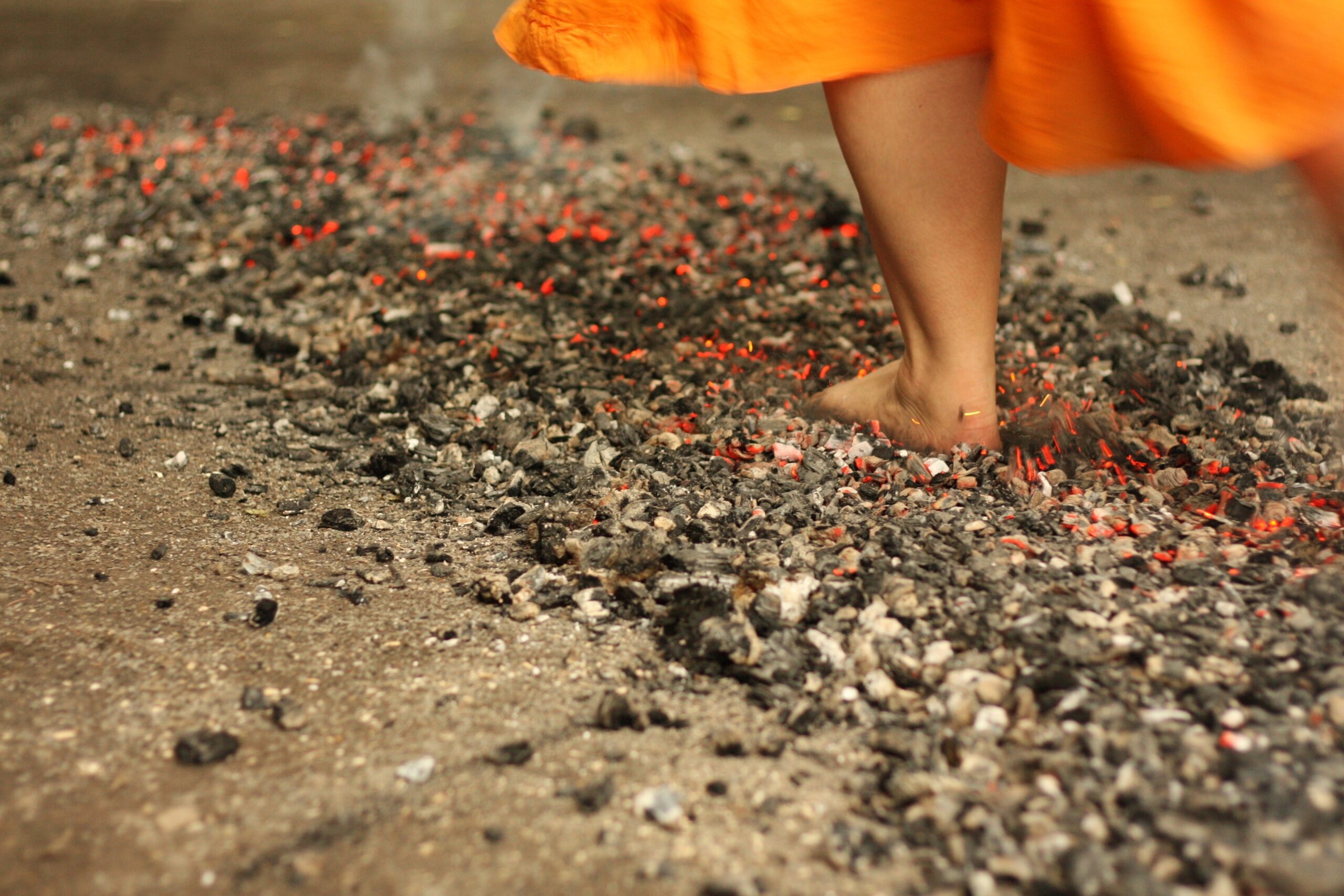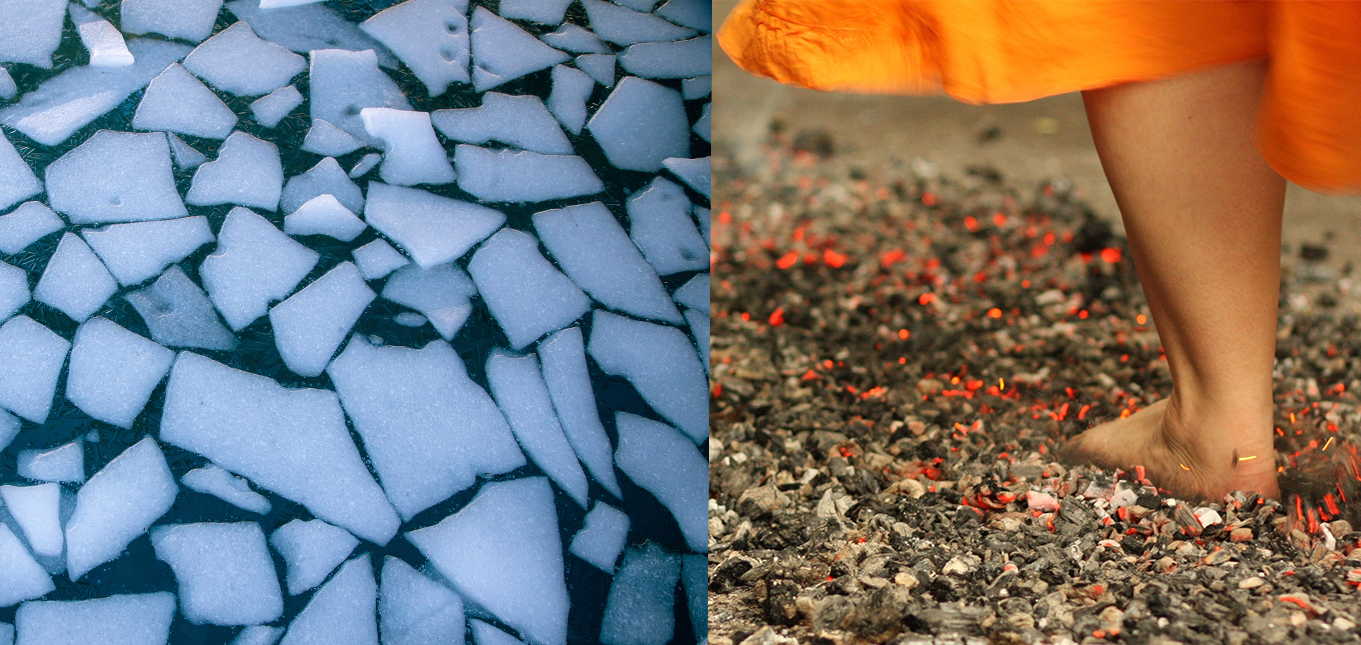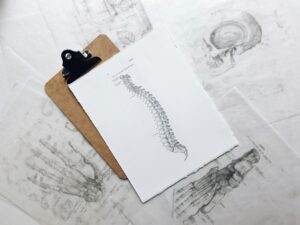I have been treating clients for over 25 years and the question I am frequently asked is ‘should you use ice or heat immediately after a sports injury?’.
Clearly, people are still unsure how best to manage their condition. In this article, I hope to share some useful advice that will accelerate your recovery and get you back playing the sport that you love.
First, let’s discuss what happens following an acute sports injury – the inflammatory phase. Inflammation is the initial stage of the healing process and usually lasts between 4-6 days. It can be recognised by 4 classic signs: heat, redness, pain and swelling.
Once tissue is damaged following a sprain, strain or contusion, it sets off a bleeding response. More specifically, histamines are released which causes blood vessels to leak, increasing blood flow to the injured area and causing swelling to accumulate. This explains why you might use an anti-histamine from an insect bite that causes swelling – in these cases, too many histamines are being released, causing excessive leakage of blood vessels and an over-reaction of your immune system. An anti-histamine slows down this leaking process, reducing the swelling.
Prostaglandins are also released into the bloodstream, which although are essential for repair, also trigger a pain response. The use of anti-inflammatory medication such as ibuprofen and naproxen, is helpful to reduce the inflammation and pain being sensed in that area.
As part of the normal imflammatory process, with an increased blood flow, phogocyctes invade the injured area and remove the damaged cells, debris and toxins. New cells are transported to lay down collagen to initiate healing.
What happens to tissues when you apply ice?
Applying ice to the injured area for the first 48 hours is the best immediate treatment for acute injuries. Ice causes a vasoconstriction response causing narrowing of blood vessels and decreasing the circulation to the area which slows bleeding and swelling.
Most people are familiar with the R.I.C.E method. The other letters in the acronym stand for:
R – resting the injured area
I – Ice the injured area
C – compressing the injury eg with a tubi grip
E – elevating the injury, ideally above heart level
which also help to reduce the pain.
What happens to tissues when you apply heat?
Heat sets off a vasodilatation response, causing blood vessels to open-up, increasing blood circulation to the injured area and accelerating healing. However, applying heat too early after an injury often leads to further swelling. As it increases blood flow to the area, heat risks increasing bleeding to adjacent, healthy tissue during the inflammation process, causing further damage. This is why ice should always be used for the first 48 hours and not heat.
How to apply Ice?

The proper way to ice an injury for the first 48 hours is to apply an ice pack covered in a light wet tea towel for no more than 10 minutes when the injury starts to feel numb. Repeat the process every 2 -3 hours. Don’t have an ice pack? A bag of frozen vegetables is just as effective and can go in and out of the freezer. Never treat with ice for more than 30 minutes and remove the pack immediately if the injury appears bright pink or red to avoid frostbite.
How to apply Heat?

There are a variety of ways to apply heat:-
Hot water bottle – This is the easiest and affordable option. Fill a hot water bottle with boiling hot water from a kettle and insulate it using a towel. The heat can stay on for 20-30 minutes.
Reusable heat pack – Each pack contains an internal disc for activation. Just snap it and apply to your problem area. To reuse, simply drop them into boiling water to reset them.
Wheat Bags – Heat a wheat bag in a microwave with a cup of water for up to 2 minutes. The grain filling will gently shape and mould to your body and offer targeted pain relief.
Dry Sauna – A sauna at your local gym or spa is a great way of helping muscles to relax. Combined with a back massage after, this is a lovely way to add heat therapy.
Hot stones – This involves the placement of a number of heated, smooth, flat stones to the body for the purpose of pain relief and relaxation. They should stay warm for an hour.
Indications for Ice
- Immediately post muscle injury for first 48 hours
- Pain relief to numb the area
- To reduce swelling
- Insect bites/stings to reduce the pain and inflammation
Indications for Heat
- After the 48 or 72 hours after injury when swelling should have peaked
- Delayed onset muscle soreness (DOMS)
- Trigger points in tight muscles
- Menstrual pain
- Fibromyalgia
- Restless leg syndrome
- Overuse injuries before participating in activities
If you have found this article useful but are still unsure how to manage your pain/injury effectively, please contact ‘Marie Daniels Physiotherapy’ for further advice on 07920112209 or e-mail mariedanielsphysio.com




